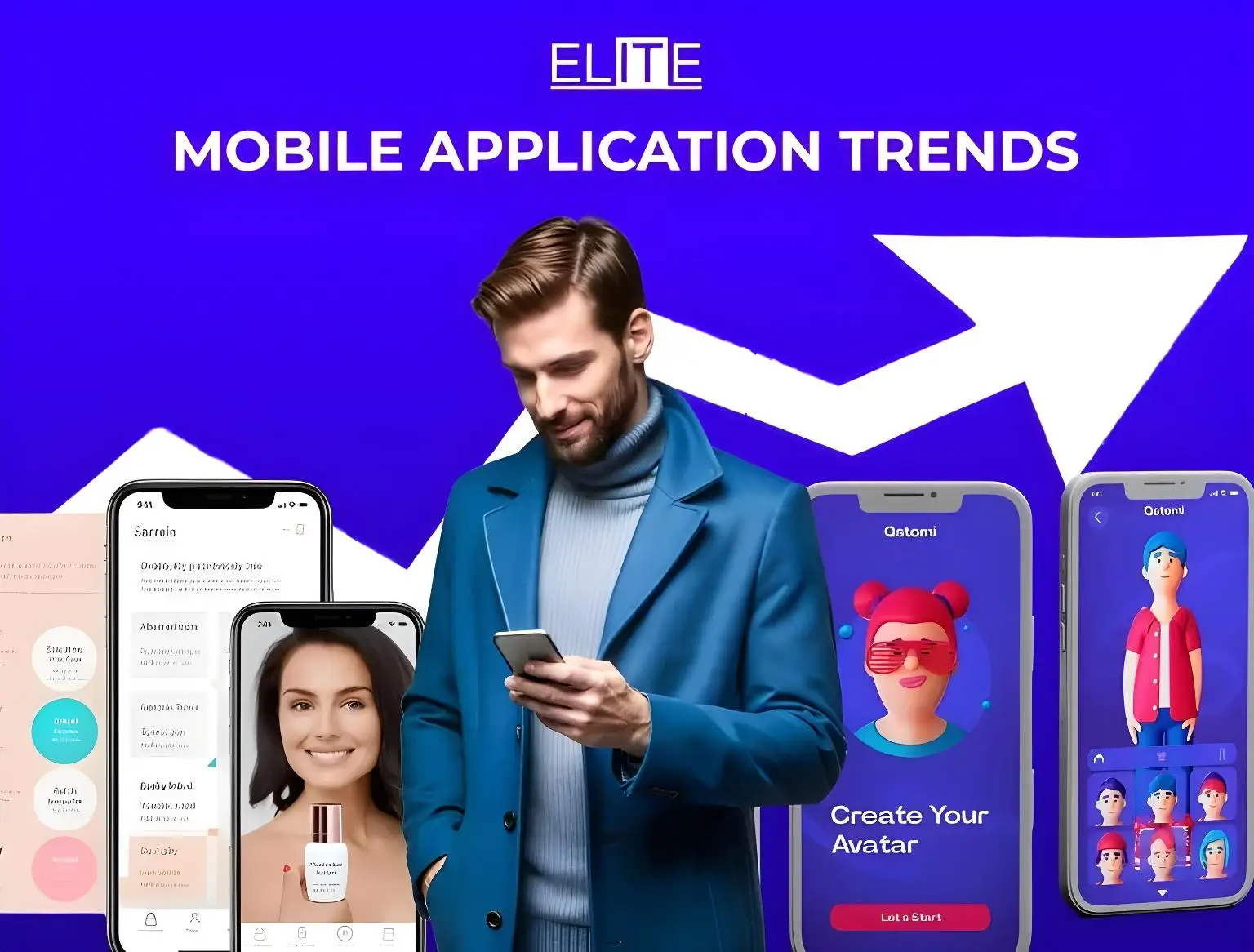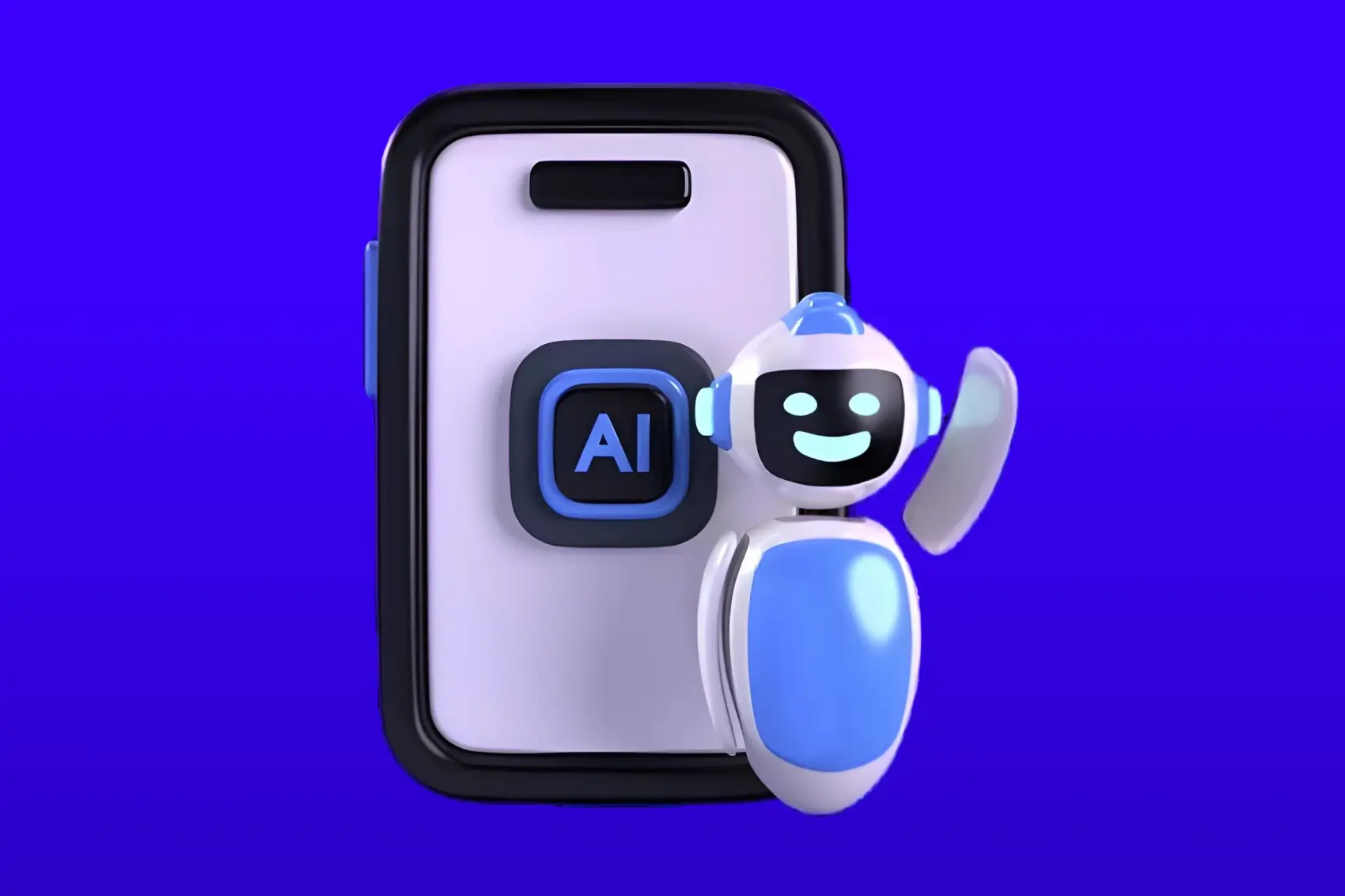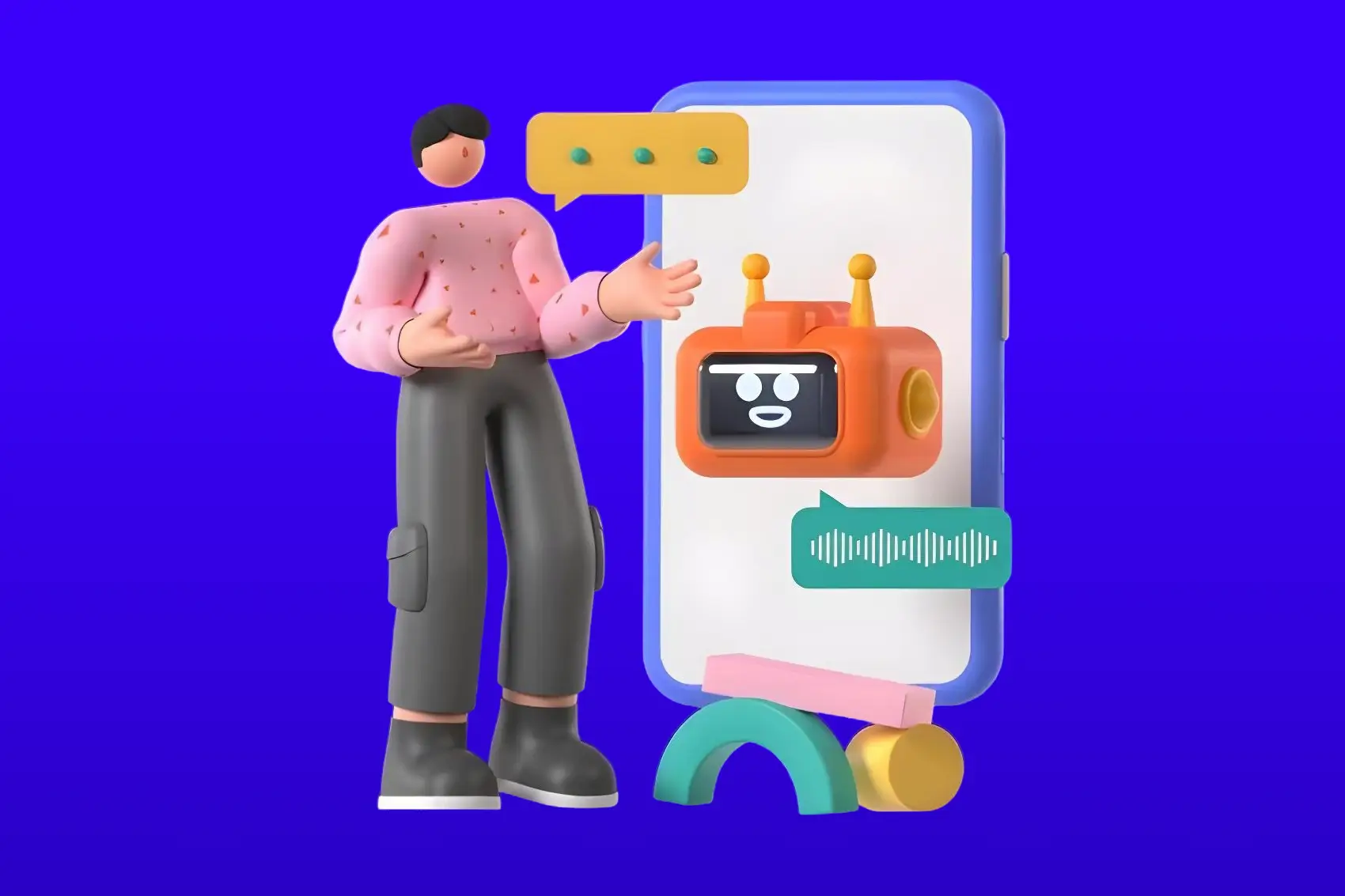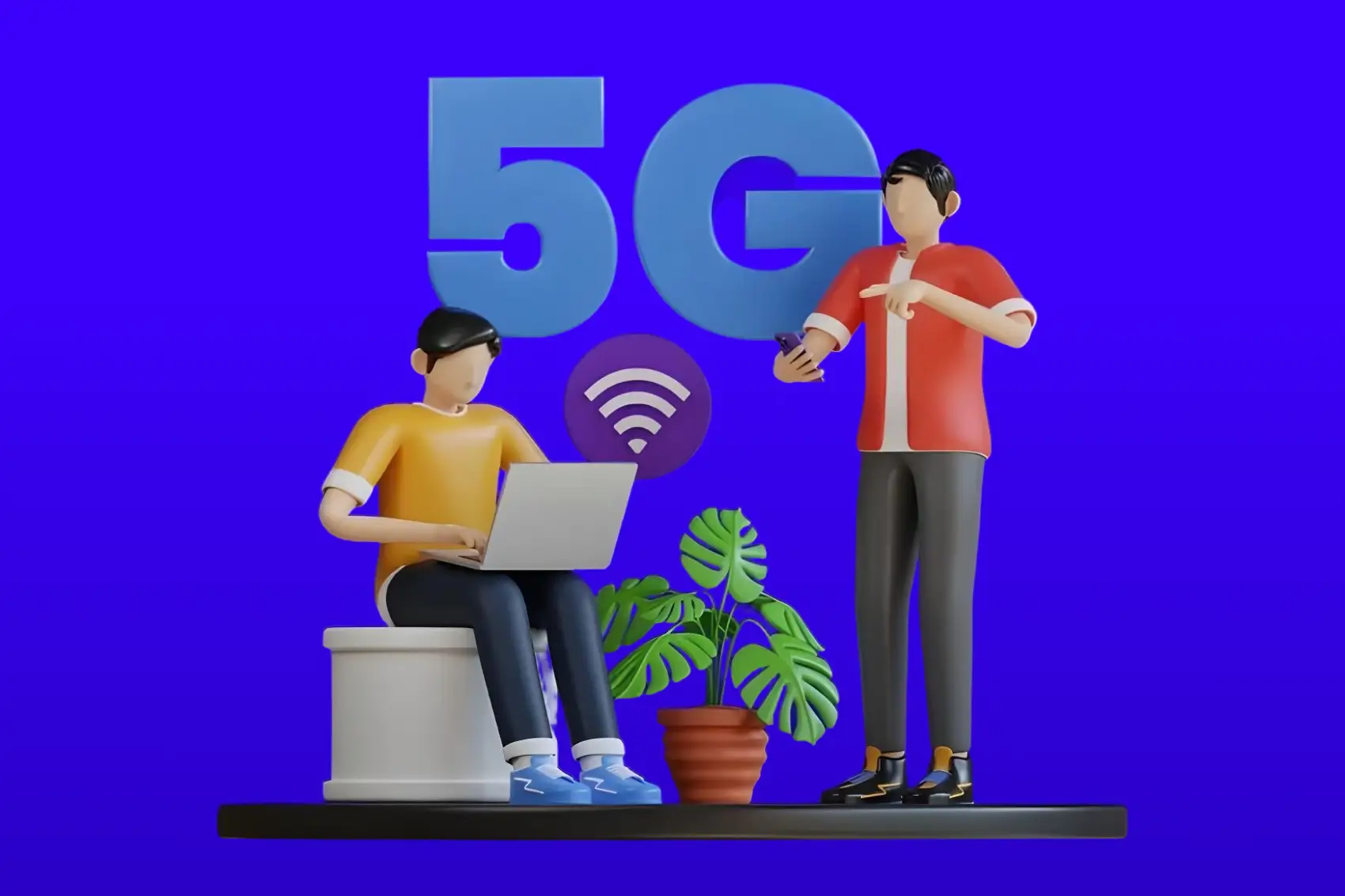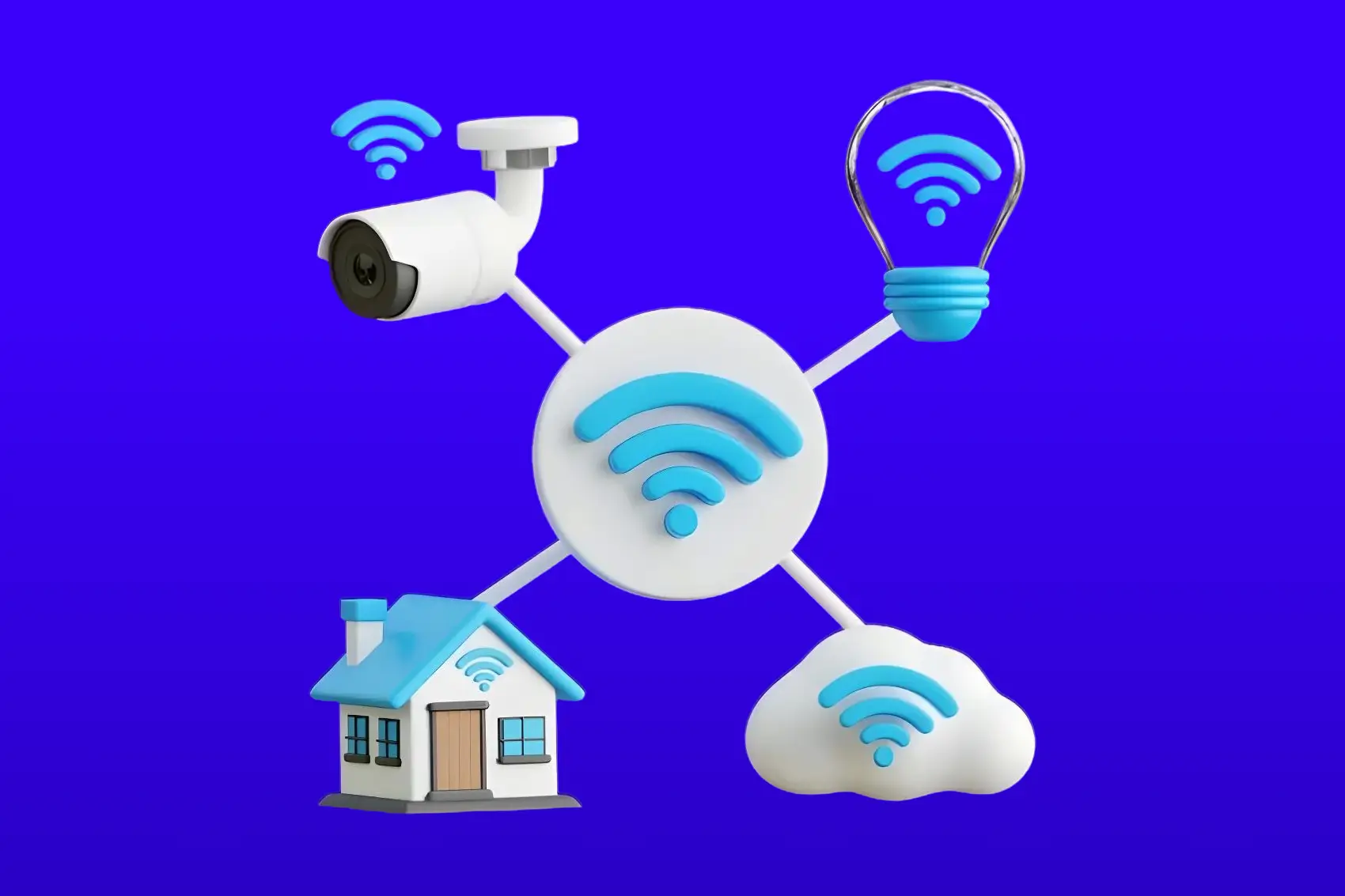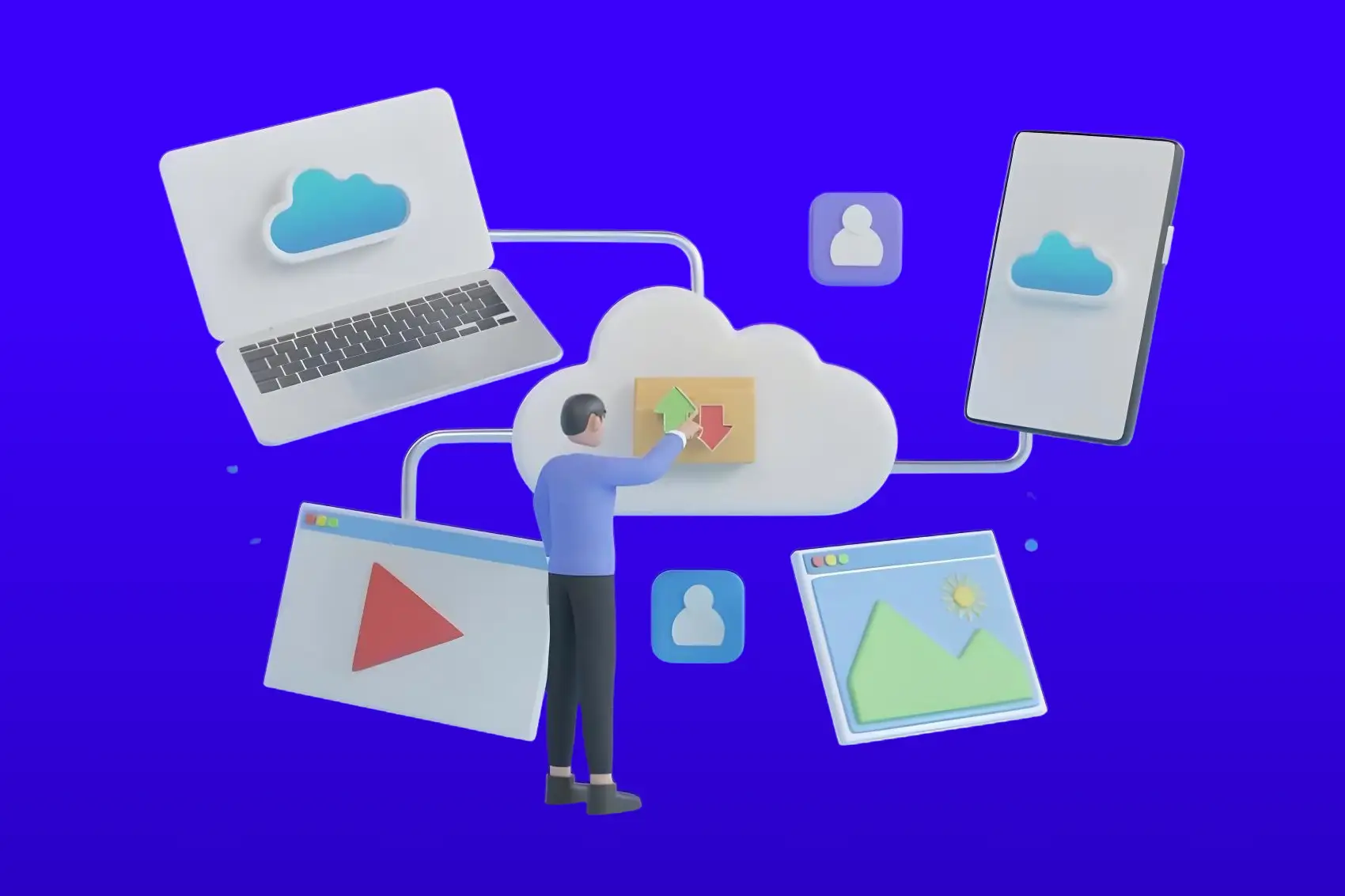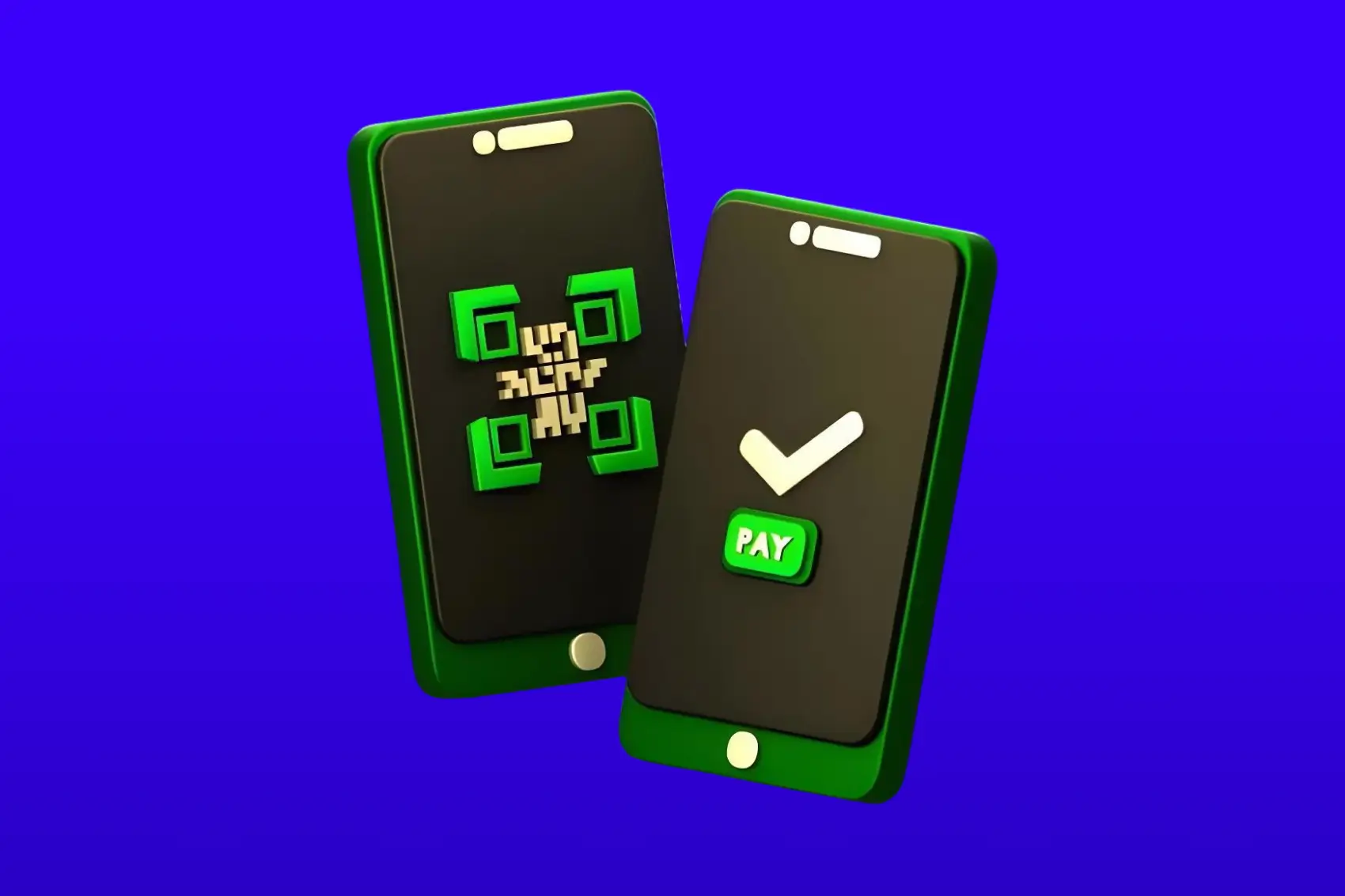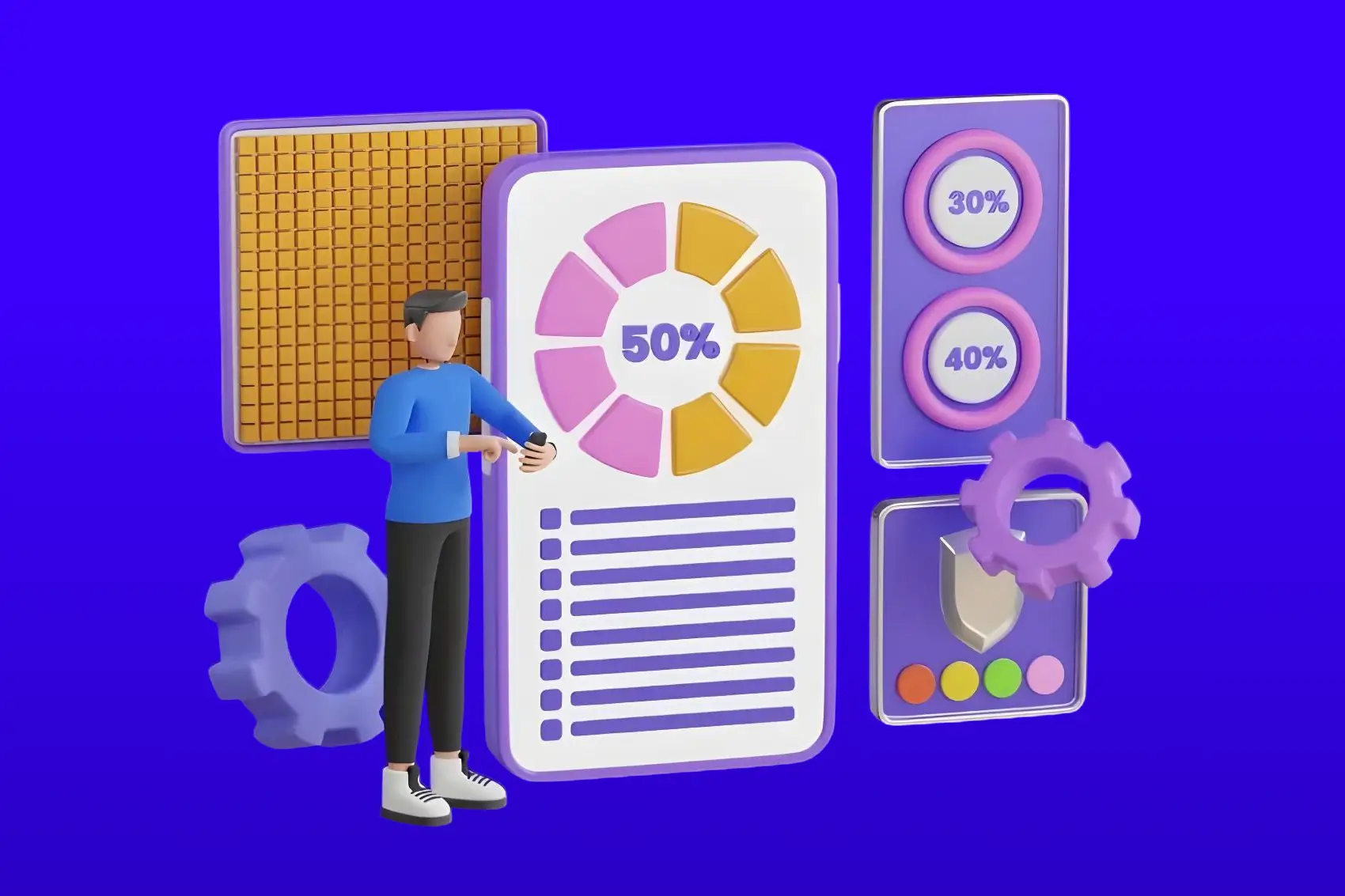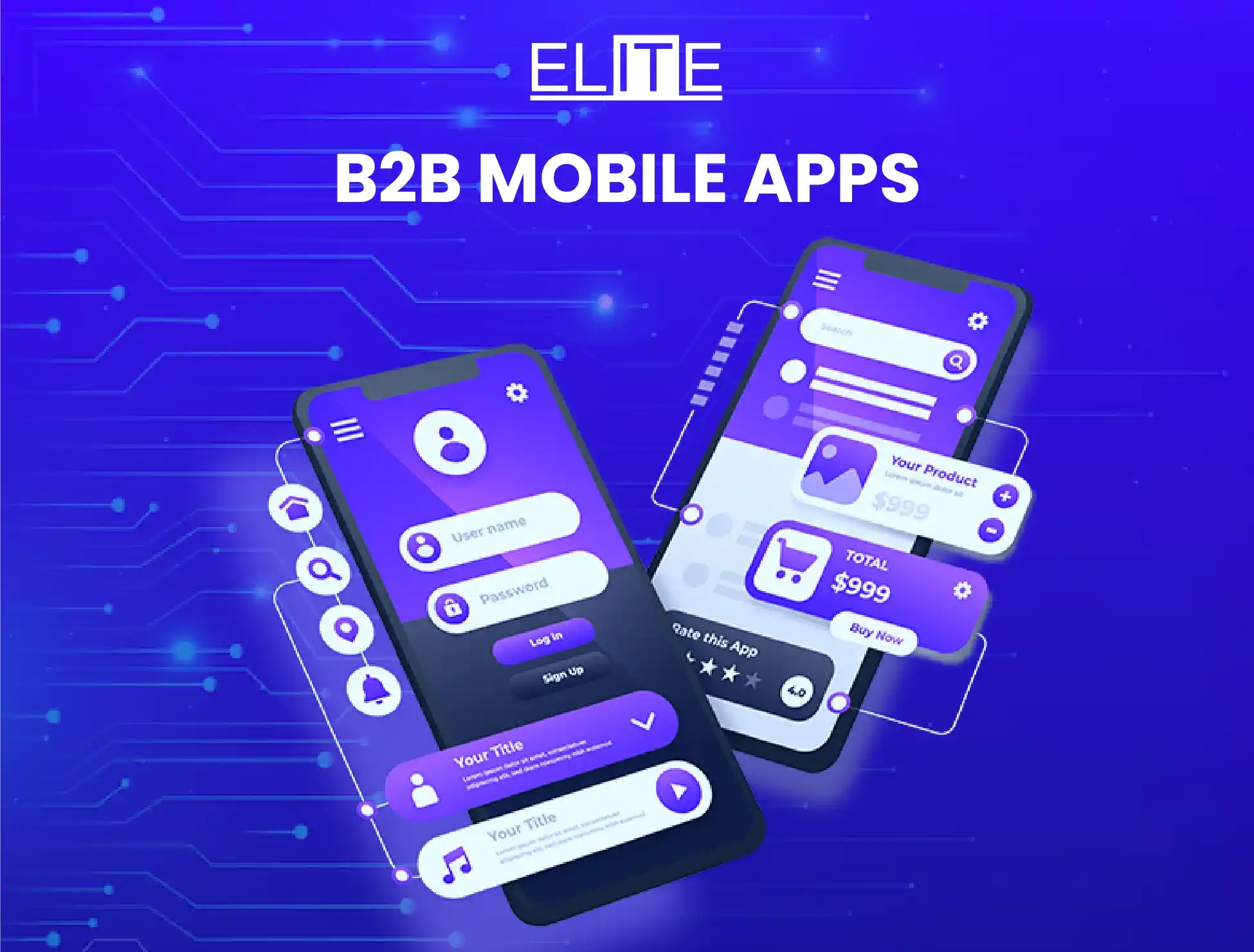Mobile applications have seamlessly integrated into our daily lives, transforming the way we communicate, work, and entertain ourselves. The mobile application industry is a dynamic landscape, constantly evolving with technological advancements. From the introduction of smartphones to the current era of artificial intelligence, innovation is the driving force behind the mobile application trends in 2025 and this industry’s growth.
Elite IT Team, a leading IT services provider, specialises in mobile application services that help businesses harness the power of technology. As we navigate the ever-changing digital landscape, understanding the mobile application trends in 2025 is crucial for businesses to stay ahead of the curve. Let’s delve into the key trends shaping the mobile app industry this year.
Your vision, our expertise! Let's create a mobile app that stands out.


